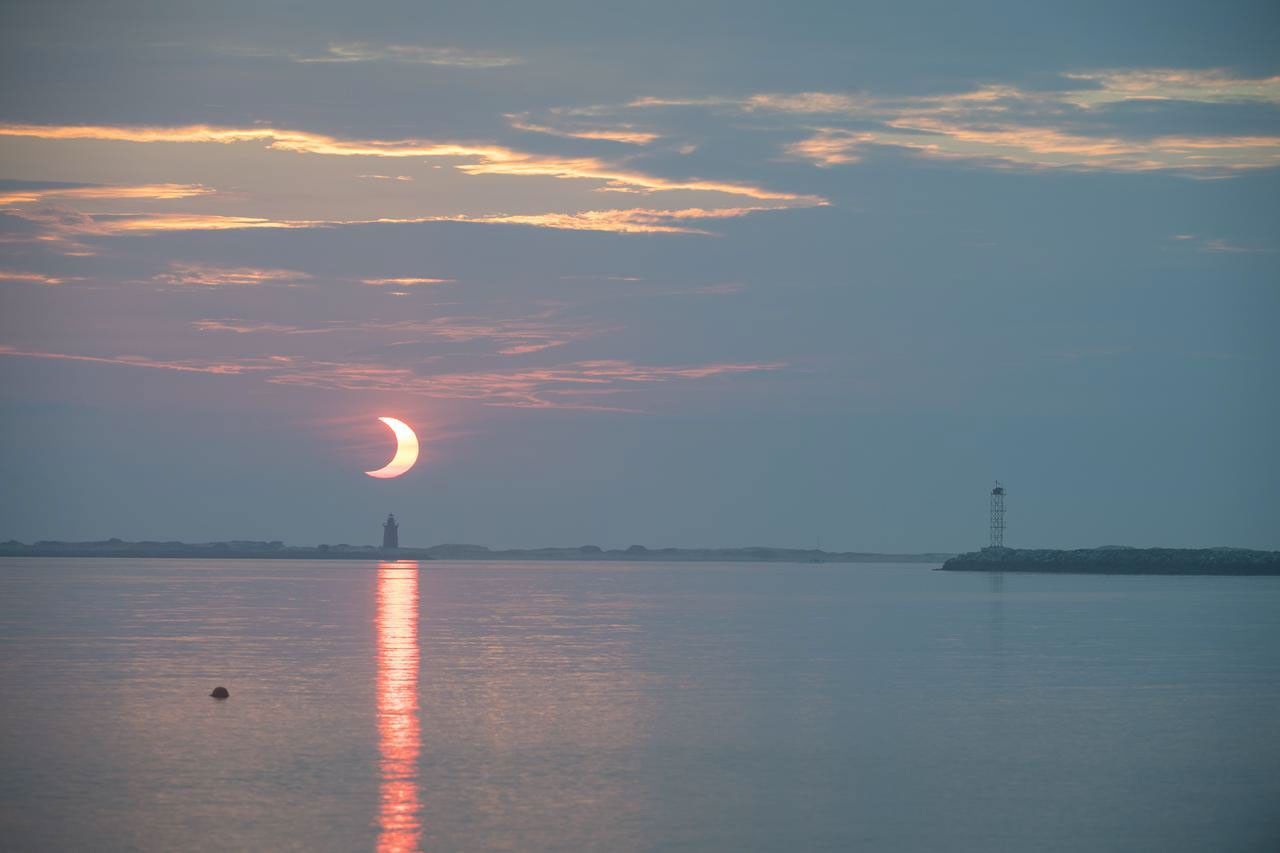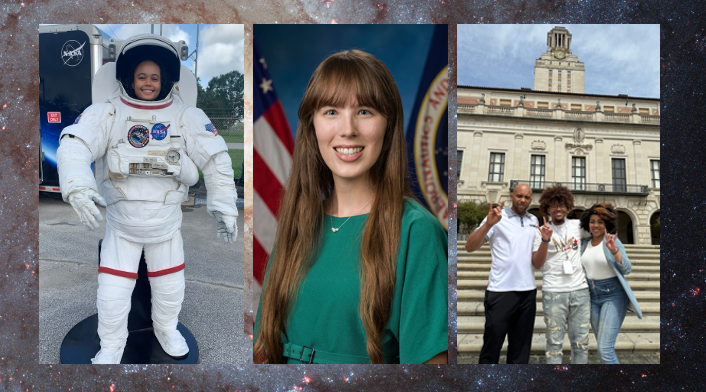Editor’s Note: The NEEMO-23 expedition dates have shifted. The crew will splashdown on Jun 13 for a nine day mission in the Aquarius laboratory.
NASA will join an international crew on the floor of the Atlantic Ocean this summer to prepare for future deep space missions during the 10-day NASA Extreme Environment Mission Operations (NEEMO) 23 expedition slated to begin June 10.
NEEMO 23 will focus on both exploration spacewalks and objectives related to space missions such as the International Space Station and future deep space missions to the Moon and Mars. As an analogue for future planetary science concepts and strategies, marine science also will be performed under the guidance of Florida International University’s marine science department.
ESA astronaut Samantha Cristoforetti will command the NEEMO 23 mission aboard the Aquarius laboratory, 62 feet below the ocean surface near Key Largo Florida. Cristoforetti was part of space station Expeditions 42 and 43 from Nov. 2014 to June 2015, where she spent 200 days living and working in the extreme environment of space, currently the longest spaceflight of a European.
Cristoforetti will be joined by NASA Astronaut Candidate Jessica Watkins; Shirley Pomponi, research professor at Harbor Branch Oceanographic Institute-Florida Atlantic University (HBOI-FAU) and professor of Marine Biotechnology at Wageningen University, Netherlands; and Csilla Ari D’Agostino, research assistant professor from the University of South Florida; National Geographic Open Explorer, manta ray researcher leading the Manta Missions projects as part of the Manta Pacific Research Foundation; and CEO of the company Ketone Technologies.
“The close parallels of inner and outer space exploration will be clearly demonstrated during this undersea mission,” NEEMO Project Lead Bill Todd said. “The daily seafloor traverses, or extravehicular activities in space jargon, are jam packed with technology and operations concept testing, as well as complex marine science. In the interior of Aquarius, aquanauts and astronauts will tackle an array of experiments and human research related to long duration space travel.”
Objectives for the crew include evaluating scenarios for using science instruments and tools on the lunar surface, such as tools and hardware for getting science core samples; using augmented reality to guide an untrained operator from module to module by autonomously recognizing where it is; and studies of body composition and sleep.
The NEEMO crew and two professional habitat technicians will live in Florida International University’s Aquarius Reef Base undersea research habitat 6.2 miles (5.4 nautical miles) off the Florida coast.





























